Results
-
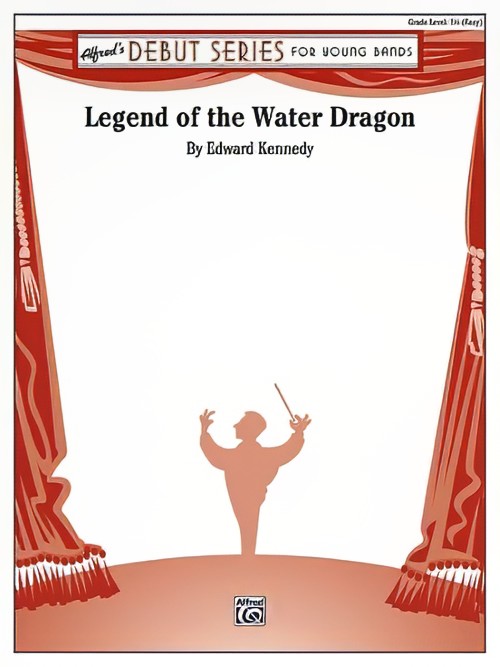 £48.95
£48.95Legend of the Water Dragon (Concert Band - Score and Parts) - Kennedy, Edward
Australian water dragons are fairly large lizards that have been around for 20 million years or so, and they can be seen along the rivers and waterways of Eastern Australia. For some Australian Aborigines, the water dragon is said to bring divine presence and a gateway to the astral world. This programmatic work portrays these mystical primordial creatures playing around in the midday sun.Duration: 2.15
Estimated dispatch 7-14 working days
-
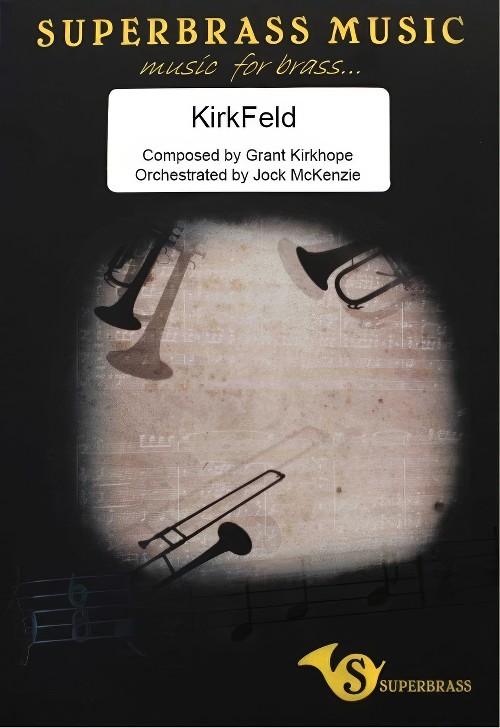 £125.00
£125.00KirkFeld (Trombone Solo with Concert Band - Score and Parts) - Kirkhope, Grant - McKenzie, Jock
Written for Ian Bousfield and the International Trombone Festival 2017. Grant Kirkhope is a BAFTA nominated British composer who has created the soundtrack for video games that have sold in excess of 30 million copies. From "GoldenEye" to "Banjo-Kazooie", "Viva Pi?ata" to "Donkey Kong", "Kingdoms of Amalur: Reckoning" to "Civilization: Beyond Earth" and "Perfect Dark" to "Castle of Illusion starring Mickey Mouse". He has also recently scored the feature film "The King's Daughter" starring Pierce Brosnan and William Hurt and is currently working on "Yooka Laylee" and "Dropzone". Grant's score for "Viva Pi?ata" was nominated by BAFTA in the Original Score category in its 2007 awards. Grant is represented by the prestigious Gorfaine/Schwartz Agency by Cheryl Tiano and Kevin Korn. Grant has a degree in music from the Royal Northern College of Music, Manchester, where he majored in classical trumpet, is a green card holder and now lives in Agoura Hills, LA with his wife and two children. "Ian and I first met when we were around 15 years old. We both played in our county orchestra, the North Yorkshire Schools Symphony Orchestra (I was a trumpet player). I think we hit it off straight away, as we were definitely a couple of cheeky kids, if you know what I mean! We both ended up playing in Rowntree Mackintosh Brass Band for a while too which Ian's Dad, Trevor conducted. We bumped into each other again when we both went for the Shell/LSO Scholarship. I got to the area finals in Manchester so I was pretty pleased with myself but then I saw Ian and I knew it was all over! Of course Ian went on to win and the rest is history. I saw him again when I was attending the Royal Northern College of Music around 1983 by which time Ian had just got the principal chair at the Halle Orchestra. Then I guess 30 something years went by as we both went about our lives and lost touch. We re-kindled our friendship due to his wife really. She emailed me to say it was Ian's 50th birthday and she was collecting stories from all his friends over the years. After that we got back in touch and then one day on Facebook I got a message from him in typical dry Yorkshire fashion "now then Grant, I had a listen to your music and I think it's good, how about writing a piece for me ?" I was a little bit unsure at first but of course I loved Ian's playing and of course I said yes. Over a Skype call in 2016, he asked me what I thought I'd write. I said since I live in LA I'd like to write a "Hollywood" trombone piece. Imagine if John Williams had written a piece for solo trombone, that's what I'd like to write - well I'd certainly like to try" - Grant Kirkhope
Estimated dispatch 7-14 working days
-
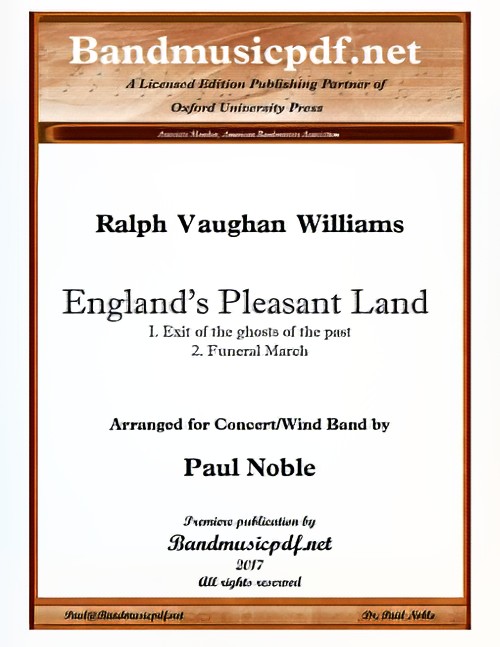 £195.00
£195.00England's Pleasant Land (Concert Band - Score and Parts) - Vaughan Williams, Ralph - Noble, Paul
England's Pleasant Land was written to accompany a pageant by the same name written by the novelist E. M. Forster. The pageant focused on the 'English countryside, its growth and destruction'. The two movements included were Vaughan Williams original contribution to the pageant. The pageant was presented around 1934, and then forgotten - until now. Bands around the world will enjoy presenting this newly found work of Ralph Vaughan Williams.
Estimated dispatch 7-14 working days
-
 £106.99
£106.99Dance of the Whale (Concert Band - Score and Parts) - Sparke, Philip
Dance of the Whale was commissioned by the Spanish music foundation, Musica et Orbi, at the instigation of its president, Frank De Vuyst. It is part of a unique project which involved nine composers each writing a short movement, describing an animal of the composers' choice, to form a suite called Bestiarium. A consortium of bands around the world helped to fund the project and the world premiere of the suite took place in March 2013 in Medellin, Colombia. Dance of the Whale uses the tenor instruments of the band to describe a lazy and graceful dance by a blue whale and is dedicated to endangered species around the world.Duration: 4:45
Estimated dispatch 7-14 working days
-
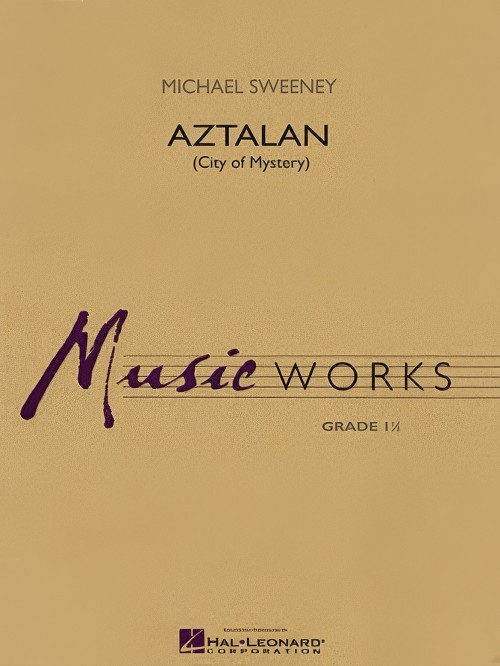 £47.50
£47.50Aztalan (City of Mystery) (Concert Band - Score and Parts) - Sweeney, Michael
The ancient city of Aztalan existed around a thousand years ago in southern Wisconsin, but disappeared mysteriously by around A.D. 1300. Through careful use of tone clusters, haunting melodies and creative percussion effects, this very easy work for band portrays a sense of mystery and drama.Duration: 2:45
Estimated dispatch 7-14 working days
-
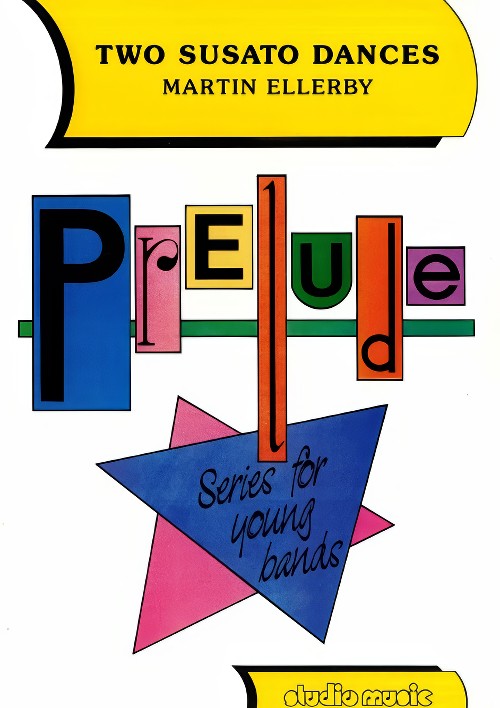 £44.95
£44.95Two Susato Dances (Concert Band - Score and Parts) - Susato, Tielman - Ellerby, Martin
Around 1540 Tielman Susato, the Belgium trumpet player and composer, established himself in Antwerp as a printer of music. In 1551 he brought out The Third Little Music Book, a collection of instrumental dances. Most of these are arrangements, possible by Susato himself, of popular dance tunes. In keeping with sixteenth-century practice, this book details no specific instrumentation; something to be worked out by the players with whatever available means. Doubtless many of the dances were performed on wind instruments at festive outdoor events. The date of Susato's birth is unknown but estimated to be around 1500. The same applied to his death, which is thought to be somewhere between 1561-64.The third Little Music Book gives several examples of the traditional sixteenth-century genre, the dance pair, a predecessor of the Baroque suite. In such a pair the first dance was often in slow or moderate duple time, the second in quick triple time. This is the case in the pair presented here, which consists of a lively round dance followed by a Hop Up or saltarello.Titles in the Prelude Series are specifically scored for bands with few, if any, bass instruments but will sound well on larger ensembles. The bass line is playable by any combination of bass clarinet, bassoon, baritone saxophone, trombone, euphonium or tuba; in the event that none of these is available, the part for trombone/euphonium (B flat TC) can be played by tenor saxophone. The tuned percussion part is entirely optional and can be played by any available instrument(s). Each piece also includes a preliminary exercise. This is always in the same key as the accompanying piece and consists of a scale and chord progression that can be used for improving ensemble, balance, intonation and instrumental facility by changing tempo, articulation and dynamics.Duration: 2.00
Estimated dispatch 7-14 working days
-
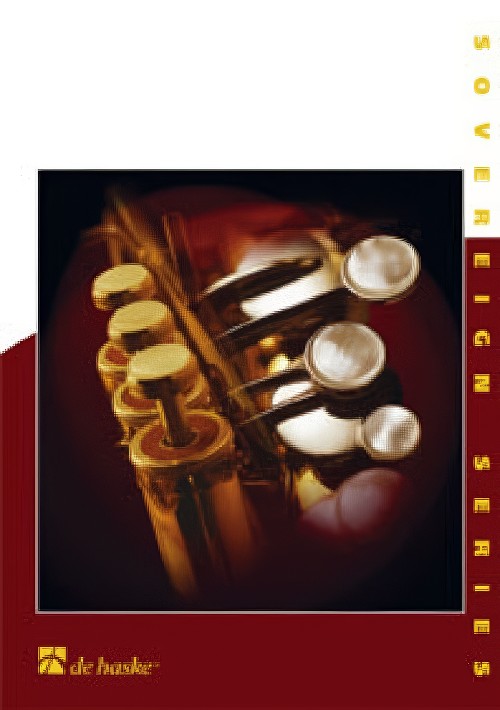 £179.99
£179.99Amazonia (Concert Band - Score and Pars) - Van der Roost, Jan
This major concert work consists of five movements:1st movement: La Laguna del Shimbe. Situated high up in the Andes mountains in Northern Peru are the Huaringas, a group of lagoons in isolated and mysterious surroundings. The water has healing powers and for centuries traditional healers have settled there in small villages. From far the sick come to the Huaringas to be treated in nightly rituals, in which the hallucinating juice of the San Pedro cactus gives the prophet a look inside his patient. The biggest lagoon is the "Laguna del Shimbe", one of the countless wells of the immense Amazon stream.2nd movement: Los Aguarunas. Further downstream in Northern Peru we come across the rain tribe of Los Aguarunas. It's a proud, beautiful and independent race, which has never succumbed to domination, not even from the Incas. They live from everything the forest has to offer: fish, fruit, plants... They also grow some crops and live as semi-nomads. They take their fate into their own hands and after having made contact with modern civilisation, they have integrated new elements into their lives without betraying their own ways.3rd movement: Mekaron. Mekaron is an Indian word meaning "picture", "soul", "essence". The Indians are the original inhabitants of the Amazon region. They either live in one place as a group or move around a large region. They all have their own political system, their own language and an intense social life. At the same time they are master of music and medicine. "Everywhere the white man goes, he leaves a wilderness behind him", wrote the North American Indian leader Seatl in 1885. As a result of these contacts with the whites, the disruption of most Indian societies began. (In this century alone, 80 tribes have vanished completely).4th movement: Ktuaj. This is the name of the initiating ceremony of the Krah tribe in the Brazilian state of Goias, in which young boys and girls enter adult life. They are cleansed with water, painted with red paint and covered with feathers, after which the ritual dance holds the entire tribe spell-bound.5th movement: Paulino Faiakan. In 1988 the Indian chiefs Faiakan and Raoni Kaiapo came to Europe to protest against the building of the Altamira dam in Brazil. As a result of the dam the Indians would be driven from their traditional land and enormous artificial would be created. The project was supported financially by, amongst others, the European Community. In February 1989 the Indian tribes around Altamira held a protest march for the first time in their history together. Amongst other things they paid tribute tot Chico Mendez, who, murdered in 1988, was the leader of the rubber syndicate and a fierce opponent of the destruction of the Brazilian rain forest. Brazilian and world opinion was awakened. The building of the dam was, albeit temporarily, stopped.Duration: 12:30
Estimated dispatch 7-14 working days
-
 £84.99
£84.99Song of Hope (Concert Band - Score and Parts)
Song of Hope is built up around a main theme with some small motifs woven around it. With this quiet, delicate work, the Belgian composer Johan Nijs has reflected hope of peace in the future. The profound melody reminds us of the fact that a moment's rest is wonderful in the hustle and bustle of our stressful existence. Why not calm down your concert mood with this highly atmospheric work. 02:55
Estimated dispatch 7-14 working days
-
 £174.99
£174.99The Legend of Flathead Lake Wind Band Set (Score & Parts)
In Scotland, the monster of Loch Ness is a hot issue, but the American state of Montana enjoys a comparable phenomenon going by the name of Montana Nessie. In the western part of this remote state lies Flathead Lake: a lake of 45 kilometres /38 miles in lenght and 24 kilometres /15 miles breath. At several places, its depth exeeds 100 metres.Nessies discovery takes us back to the year 1889, when captain James Kerr aboard the passengership U.S.Grant was startled by a ship unknown to him suddenly approaching his vessel across Flathead Lake. However, it turned out not to be a ship but an undefinable animal of immense size.From that moment onwards, life would never be the same again in and around Flathead Lake.The composer was inspired by the story, and summarized the events into a symphonic poem, but from a surprising angle:that of the monster. The exiting opening allows us to follow the monster in its natural surroundings.The fast follow-up movement depicts Montana Nessie trotting and frolicking about the Montana woods and prairies.From its abode, it thorougly enjoys everything around it. This period abruptly ends in a short climax (Chimes). The solo for cor anglais marks a new period in the monsters life.The presence of people has a paralizing effect and the apprehensive atmosphere of the slow movement may be felt profoundly.The monster observes and mildly teases the ship. Abhor sounds force the ship to a withdrawal.The moving musical continuation depicts the triumphant monster dancing an ironic waltz. The monsters fear and anger at the intrusion of his freedom run through the piece like continuous threads, and develop into the works final theme. 12:00
Estimated dispatch 7-14 working days
-
£76.99
Peacekeeper - Danny Choi
Written in the fall of 2019, this exhilarating piece for Symphonic Wind Ensemble portrays the heroism, along with the conflict_x001A_both external and internal_x001A_of peacekeepers around us. A keeper of the peace may be a soldier or a police officer, but more importantly, it is those around us, our family and friends who look out for us, our minds, and our bodies.
Estimated dispatch 7-14 working days
